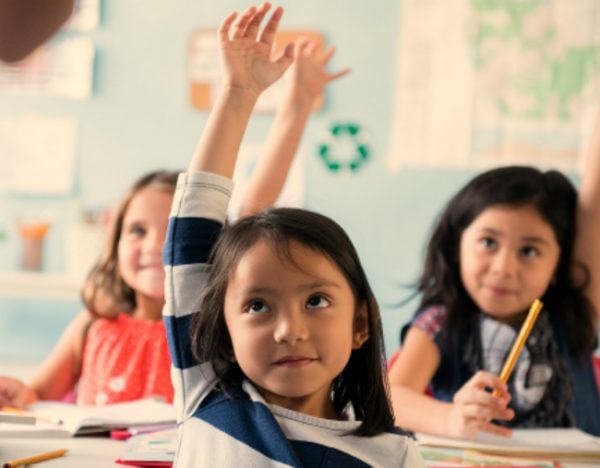The growing trend to toss the traditional classroom in favour of flexible options, where children choose where and how they sit (stand or slouch), is, in my opinion, a bit of a stretch.
Right now, across the country, many schools are being issued grants to replace desks with flexible seating and equipment, despite the apparent lack of research to support it. So why are our educators giving primary school children, as young as six, the autonomy to choose seating, whether it be a fitball, cushion on the floor, high bench, couch, next to a friend, in a group or alone?
It seems flexible seating “gurus” are attracted to ‘un-seating’ to foster creativity and collaboration, but is it working and what of the consequences?
I first became aware of the flexible classroom this year when my daughter, a student at a Catholic primary school, experienced this new learning environment.
At first, being a social creature and restless to boot, she was excited about it, and it seemed to suit her, but as the term wore on she became worn out. The choices of where to sit and with whom weighed heavily on her and getting her to school became a constant battle.
We ask a psychologist about whether or not it’s ok to bribe your kids to do well at school with cash, on our podcast for imperfect parents. Post continues after audio.
Being separated from her friends this year didn’t help matters; but this wasn’t a concern, until faced with the challenges of a fully-flexible and socially demanding classroom.



Top Comments
It may have some negative effects but flexible seating seems good to me actually.
The hypocrisy of it all! Throwing money to foster flexible learning so that it can generate creativity amongst students yet the number of recommended hours for the Arts subjects in the national curriculum has been cut and funding for Instrumental Music programs in public schools has been reduced.